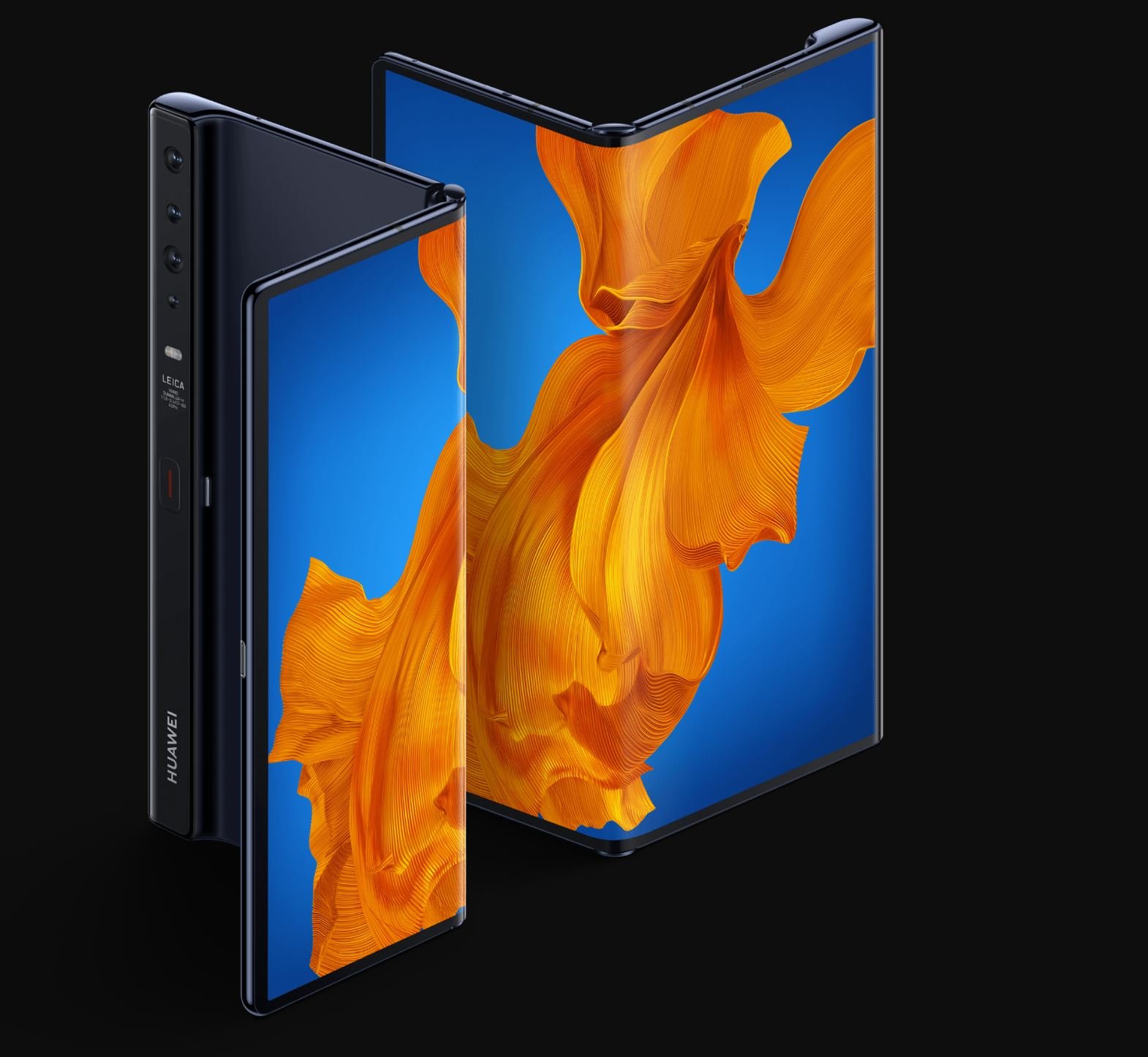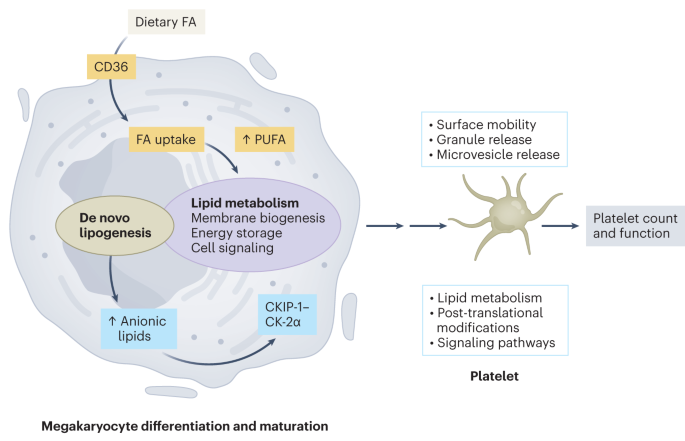- Select a language for the TTS:
- UK English Female
- UK English Male
- US English Female
- US English Male
- Australian Female
- Australian Male
- Language selected: (auto detect) - EN
Play all audios:
Access through your institution Buy or subscribe THE UNDERGROWTH OF SCIENCE: DELUSION, SELF-DECEPTION AND HUMAN FRAILTY * _Walter Gratzer_ Oxford University Press: 2000. 338 pp. £18.99,
$27.50 It came as a shock to many when Richard Feynman reviewed a subject that was backed by two opposing theories, each with strong experimental support, and concluded that the only answer
was that one of the experiments must be wrong. He was right, as usual, but for those educated in the Rutherford tradition of believing that experiments are the true basis of science, this
was almost a heresy. We are accustomed to theories being wild hypotheses, but not physical experiments! Once one accepts this possibility, however, false results can be found to occur fairly
frequently and we should take them into account. This is a preview of subscription content, access via your institution ACCESS OPTIONS Access through your institution Subscribe to this
journal Receive 51 print issues and online access $199.00 per year only $3.90 per issue Learn more Buy this article * Purchase on SpringerLink * Instant access to full article PDF Buy now
Prices may be subject to local taxes which are calculated during checkout ADDITIONAL ACCESS OPTIONS: * Log in * Learn about institutional subscriptions * Read our FAQs * Contact customer
support AUTHOR INFORMATION AUTHORS AND AFFILIATIONS * honorary staff member of CERN, CH-1211 Geneva 23, Switzerland Douglas R. O. Morrison Authors * Douglas R. O. Morrison View author
publications You can also search for this author inPubMed Google Scholar RIGHTS AND PERMISSIONS Reprints and permissions ABOUT THIS ARTICLE CITE THIS ARTICLE Morrison, D. Now you see it, now
you don't. _Nature_ 408, 24–25 (2000). https://doi.org/10.1038/35040637 Download citation * Issue Date: 02 November 2000 * DOI: https://doi.org/10.1038/35040637 SHARE THIS ARTICLE
Anyone you share the following link with will be able to read this content: Get shareable link Sorry, a shareable link is not currently available for this article. Copy to clipboard Provided
by the Springer Nature SharedIt content-sharing initiative

:max_bytes(150000):strip_icc():focal(614x0:616x2)/kendall2-2000-db5d033d7c824426a6f220d285430391.jpg)



